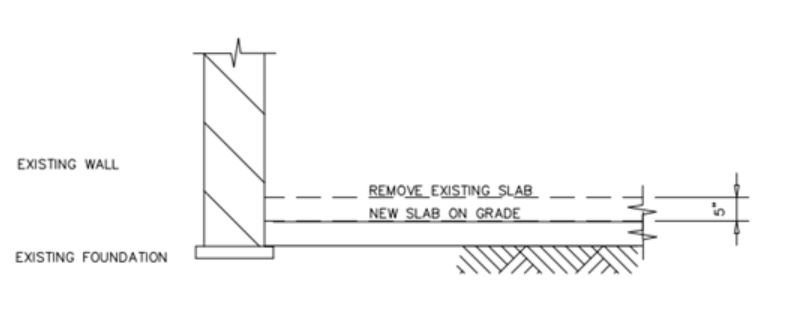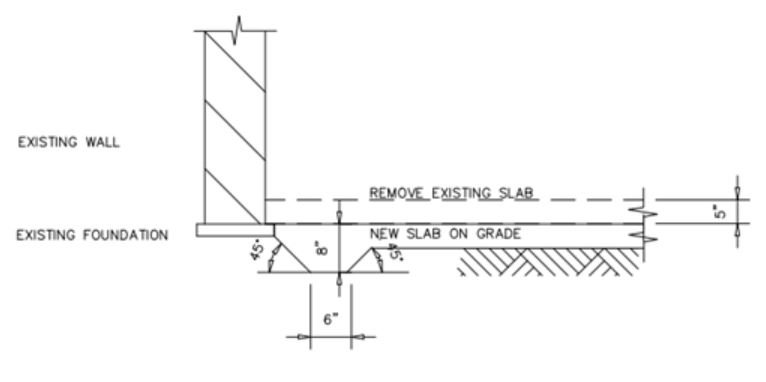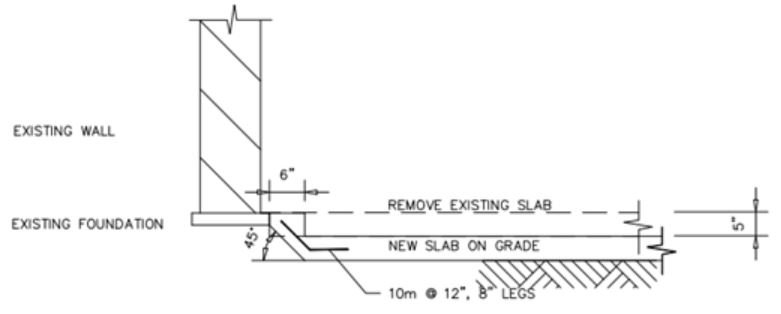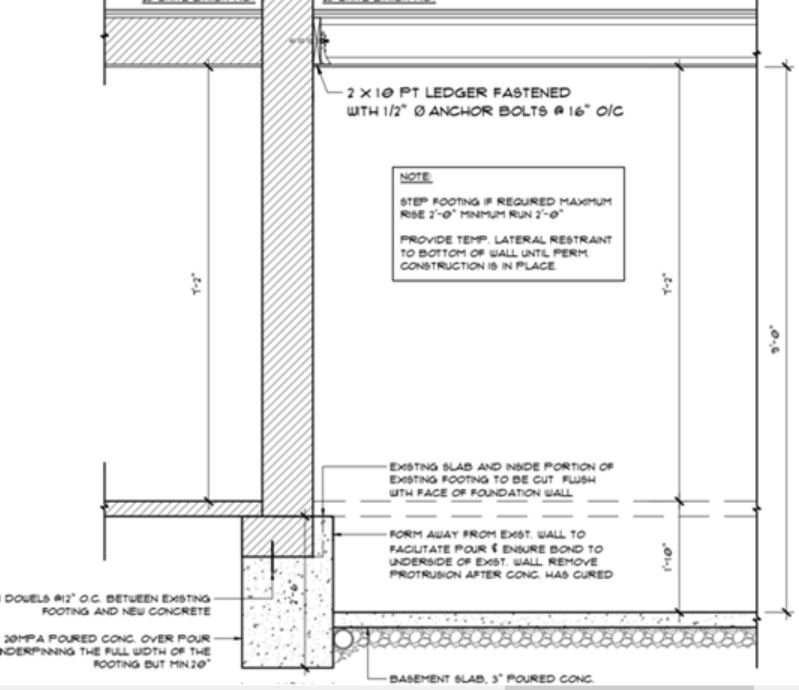Alternative Solutions to Avoid Underpinning Your Basement
With our fair share of home addition, home extension, and full interior renovation projects in Toronto we have seen and devised many alternative strategies to avoid having to underpin a basement to increase the ceiling height. Sometimes it is unavoidable to underpin but at least you will know your other options to make an informed decision for your next renovation project!
Below we have outlined the most common solutions to getting a higher average ceiling height in your basement. Sometimes what the issue comes down to is removing bulkheads to ensure you aren’t smacking your head, but sometimes more work is involved to get the ceiling height you want.
Reloating HVAC Bulkheads and drop beams to get larger “average” ceiling height
This is one of our favourite solutions to talk about because it is affordable and a lot of the time the HVAC ductwork is being redone with larger renovation/home addition projects anyways so that cost doesn’t even get included in the savings equation.
The solution involves transitioning the ductwork for the basement to the main floor (bulkheads on the main floor but your ceiling height is usually 8 + feet), and creating a separate HVAC system for the basement. A lot of the time this solution would include the installation of in-floor heating in the basement or electric baseboard radaitors (more affordable than in-floor) so that the HVAC system is separate from the main/second/third floor, and is very conducive towards basements that are being converted to legal basement apartments.
If your basement height is around 6’6” to 7 ft this is a viable solution since you will remove the HVAC bulkheads from the main floor (usually 24-30 inches wide x 8 inches deep) and drop beams (which usually go through the majority of the middle of a basement for older homes). The cost to replace the dropped beam with a flush mount beam and rerun the HVAC system would come in around half of whatever you would get quoted for underpinning work, maybe less if you need to redo your HVAC ductwork in the underpinning versus non-underpinning scenarios. If you aren’t looking for 8 ft ceilings but want the feeling of overall higher ceilings this is your best option!
Lowering basement concrete slab to bottom side of footing
More times than not a concrete slab is finished above the height of the top of a basement footing. Since a concrete slab can rest at the same level of a footing without any structural issues some of our clients have been able to take advantage of getting this work done and gaining an additional 3-4 inches of ceiling height. The added benefit of this work is you get a new (and level) concrete slab that will be able to get finished in a wide range of flooring finishes, versus needing to use carpet because the slab is so unlevel. There is still a cost to getting this work done, but it is usually half the cost of underpinning so if you are only looking for a few inches (coupled perhaps with option 1?) you may find yourself with high enough ceilings to call the space usable. See below to understand the three separate examples of basement floor lowering by use of lowering the slab only.
Example 1 shows the existing slab over 5 inches above the existing footings. The existing slab would be removed and the new slab would be poured just over the top of the existing footings
Example 2 shows the existing slab starting at the top of the footing. The process would be to remove the existing slab and form a new slab with a repose (the dropped area of the slab beside the footing with the 45 degree angle) to support the lateral footing that it is at the same elevation as. This would gain you around 3-5 inches depending on the thickness of the existing slab and also depending on what the ceiling height is at the high and low points of the existing slab.
Example 3 shows the slab at the same elevation as the footing, which means that you have to create a bench. Depending on how low you want the slab to go will dictate how wide the bench is, but in the example above you would be able to go down 5 inches and have a 6 inch bench that would be able to be hidden with an air gap (for thermal break), 2x4 studs (for insulation), and drywall. Anything lower and you risk the presence of the bench in your basement. The obvious downside to this is reduced floor area, but this also allows for great insulating potential for the basement as well.
For Extension projects only: creating lowered basement area for new extension basement area
This option is only available for projects looking to do a front, side, or rear extension to their home (usually rear extensions are the most commonly created in Toronto). The process is simple, when you are excavating for the new basement for the extension, you lower the height of the footings to the level that gets you the ceiling height you want in that new area of the basement (see attached example). Note that this does not solve the ceiling height problem in the existing basement area, but if you are only looking for a certain area of the basement to be a higher ceiling height (for a workout space, playroom, or entertaining space) this is definitely a worthwhile option. It is also important to note that there is some level of underpinning required for the wall that is adjacent to the new level basement, but this is all easily accessible from the exterior and can be machine dug so it saves on labour costs as long as there is good access to the extension.
Example of an extension having a lower basement slab than the existing basement.
Removing main floor joists and increasing the elevation of new joists
This solution comes last because of where lumber currently sits at, but in some cases may be a better alternative to underpinning. This solution involves removing the existing main floor joists and installing new joists at a higher elevation. This usually involves shoring work to brace the exterior walls, and the lumber package and labour will be more expensive, which puts it in the same category as underpinning.
The key question to ask yourself is, “will the increase in elevation of the main floor system affect my ability to stay below the maximum building height”? If the answer is yes then it creates a unique dilemma where underpinning may be more viable. Especially if you are considering a second or third storey addition, you are going to be fighting for getting your design under the maximum building height in Toronto.
Conclusion
The main point of this article was to broaden the scope from just underpinning as a solution to floor lowering to other viable solutions for getting more ceiling height in a basement. Every property has its own unique set of variables so it is important to get a qualified home builder to evaluate your best option. Sometimes underpinning is the best option, but not always!
ABOUT BVM CONTRACTING
BVM Contracting is a full-service General Contractor or Home Builder located in Toronto. We provide home renovation and building services for major home renovations and custom home builds (full interior renovations, home additions, lot severances, new home construction, and laneway suites). Our goal is to help guide our clients through the process of building their home, from concept to completion.
Further than providing General Contracting and Project Management for major home renovations, we also offer value-added services such as renovation financing, renovation rebate consultations and services, building permit and design services, smart home installation services, and real estate investor services.
To learn more about our offering by visiting our services page.




